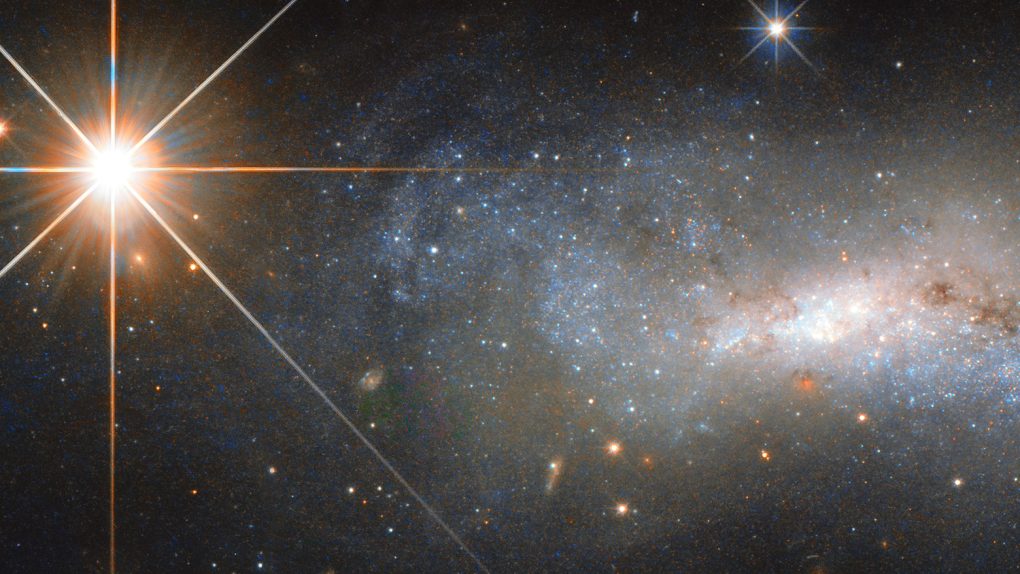Most of the mass in the universe is made up of a kind of matter that none of us have ever seen. It’s called “dark matter” and, despite being incredibly abundant, it’s also extremely difficult to study. Decades-old calculations suggested that there is more dark matter around younger galaxies than the ancient ones from the early days of the universe, but then where did the dark matter we see today come from? A new study offers the answer.
Past research suggested that galaxies we see nearby have more dark matter than those that are very distant. The farther away a galaxy is the farther back in time we’re effectively looking, and scientists believed that those ancient galaxies didn’t have all that much dark matter around them. As it turns out, that isn’t the case.
After studying some 1,500 galaxies, researchers led by Alfred Tiley of Durham University have determined that the amount of dark matter surrounding these huge collections of stars and planets is about the same as it ever was.
Detecting dark matter around a galaxy can be tricky but it’s made easier by calculating the gravitation effect that the matter has on its surroundings. We can’t see dark matter in space because it doesn’t reflect light, but it still exerts a gravitational pull, just like “normal” matter. By accounting for the size of a galaxy and the speed at which stars on its edges are moving, scientists can calculate how much dark matter is lurking on the fringes.
This latest round of research, applied that same formula to many hundred galaxies both young and old. The scientists now believe that there’s not much of a difference between the amount of dark matter around ancient galaxies when compared to much younger ones.
However, as Live Science reports, the astronomy community isn’t entirely on board with this new finding. The model that Tiley and his team used has been called into question, especially as it relates to measurements of distant high-mass galaxies which have been studied by others searching for dark matter.
We’ll have to wait and see how this all pans out but the results are certainly interesting and will no doubt further the conversation about where the universe’s dark matter lies.








